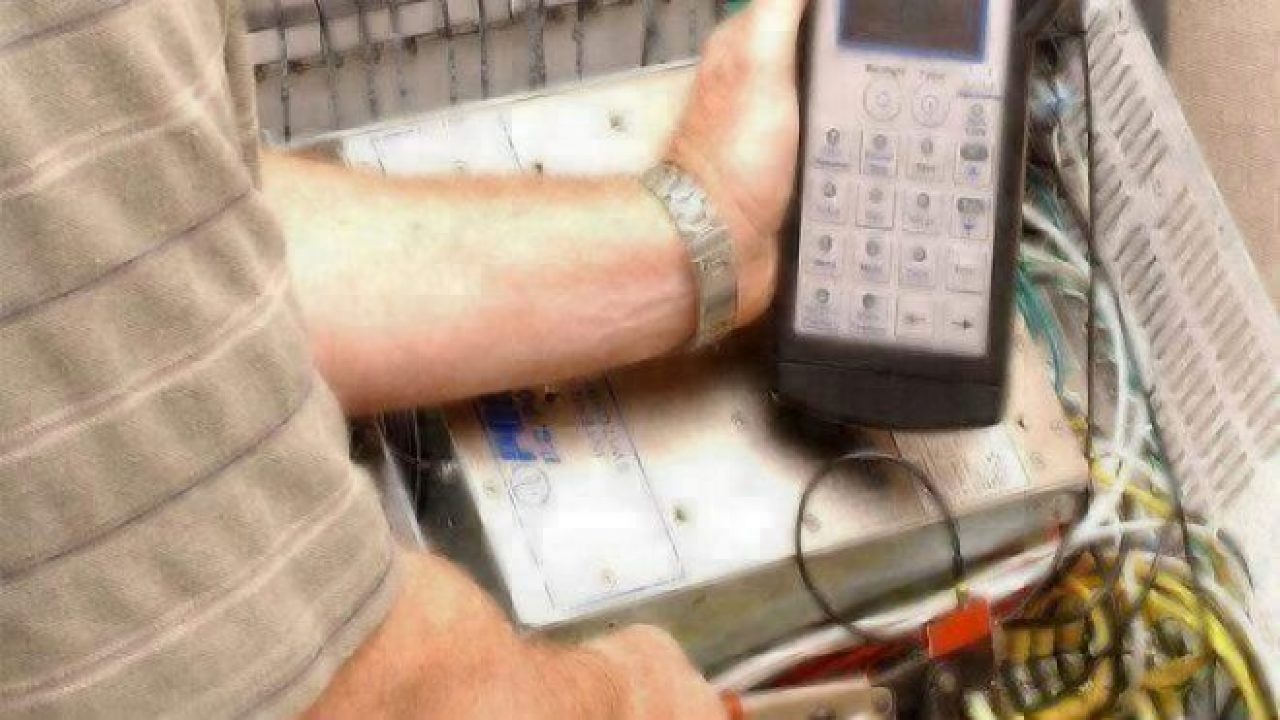Testing crimp connections the NASA way
Article By : Bill Schweber

NASA has come up with a real-time, ultrasound-based device that sends an acoustic wave through the crimp assembly as it is being made.
Cables are supposed to be just wires wrapped together. Yet these conductors send critical, more so precious, signals and/or data. And a single or minimal damage in one of these wires can cause major impedance. So we rely on product tests, warranties and even certifications before we purchase. But what if the test itself damages the product?
Cables and their connectors are both the easiest and hardest things to test, often at the same time. An interconnect assembly that handles RF, especially into the tens of GHz, is going to be tricky to test. Why? Because everything affects performance: Set-up, instrumentation and set-up, materials, dimensional precision, bends, handling and more affect test performance.
Crimping moderation
The widely used crimp (Figure 1) would be another common connection approach that would be easy to inspect and test. Theoretically straightforward, the connector is squeezed onto the wire using either a manual or power-assisted crimper, the materials of the wire and the connector deform in a "plastic" mode to bond as an intimate pair, which is both electrically sound and mechanically rugged. If done properly, the crimp interconnect is low resistance and reliable, thereby will be less costly. Also, there are many widely available crimp connectors to choose among, including the fork and the ring terminals. But as Martin Rowe learned, poor crimps can lead to heating and even fires.
![[NASA crimp tester features fig1 (cr)]](/wp-content/uploads/sites/2/2020/04/NASA_crimp_tester_features_fig1_cr.jpg)
Figure 1: Crimp connectors of varying types and sizes to meet specifications of diverse applications.
The irony is that the crimp connection is hard to inspect even though fully visible. There's a lot that can go wrong, such as unevenly applied crimping force, misaligned wire, too much pressure—which can induce minute cracks in the wire (solid or standard) or too little pressure, which often leads to an intermittent connection due to vibration.
Testing the quality of a crimped connection by disassembling it or by giving it a pull-to-failure test isn't advisable as that destroys the connection. Disassembly is viable only for random testing of samples or verifying setup. So how do you test these connections in a fast and nondestructive way? Obviously, they are vital links in a system and their reliability is extremely important.
Testing crimps during assembly
That's an issue with which NASA's Langley Research Centre addressed, to come up with a real-time, ultrasonic-based unit that uses advanced signal analysis to decide pass/fail (Figure 2). The system—which is available for licensing—sends an acoustic wave through the crimp assembly as it is being made.
![[NASA crimp tester use fig2 (cr)]](/wp-content/uploads/sites/2/2020/04/NASA_crimp_tester_use_fig2_cr.jpg)
Figure 2: NASA has developed a real-time, ultrasonic-based unit that uses advanced signal, sends an acoustic wave through the crimp assembly, then analyses and decides to pass or fail a connector crimp as it is being made.
NASA's summary report, Rapid and Verified Crimping for Critical Wiring Needs, notes that "as the applied pressure increases and the crimp terminal deforms around the wire, the ultrasonic signature passing through the crimp is altered. The system analyses the changes in the signal, including the amplitude and frequency content, as an indication of the quality of both the electrical and mechanical connection between the wire and terminal. Various crimp quality issues such as under-crimping, missing wire strands, incomplete wire insertion, partial insulation removal, and incorrect wire gauge have been tested using this technique" (Figure 3).
![[NASA good-bad crimp tester fig3 (cr) ]](/wp-content/uploads/sites/2/2020/04/NASA_good-bad_crimp_tester_fig3_cr.jpg)
Figure 3: The ultrasonic signal's good and bad response waveform to determine crimp quality.
Non-destructive ultrasonic
Admirably sophisticated and apparently an effective way they developed to assess the crimp quality, yet easy for the user to implement. Even better, it’s not done as the crimp is being made. If there is a problem with the crimp, the operator can stop and find out what's going wrong before any more defective ones are made. If the connection passes, the wire can be attached immediately to the terminal if desired, thus eliminating the need to handle cables (often in unwieldy bundles) afterward. NASA's fact sheet on the approach gives more information and the patent numbers for the technique.
This ultrasonic-based signature-analysis approach is yet another case of testing using accumulated data to define a pass/fail profile, rather than just using a single number or set of numbers. For example, one approach is to measure the applied crimp pressure at one or more specific points in the crimp-down process. What this really does, however, is assess the secondary aspects of the crimping process rather than what counts: the crimp's actual integrity as seen by an acoustic signature. I suspect that as we collect more data, have ability to integrate small, low-cost instrumentation (here, the ultrasound transceiver), and develop smart algorithms, we will see more of this approach to testing. There are many cases when just measuring a single number may be inadequate, and we now have more powerful tools to use.
Have you ever been involved in developing this sort of sophisticated, yet simple, test? Or were there cases when you wished you had something like this?
First published by EE Times.
Subscribe to Newsletter
Test Qr code text s ss


